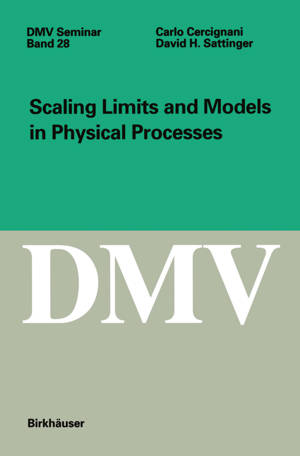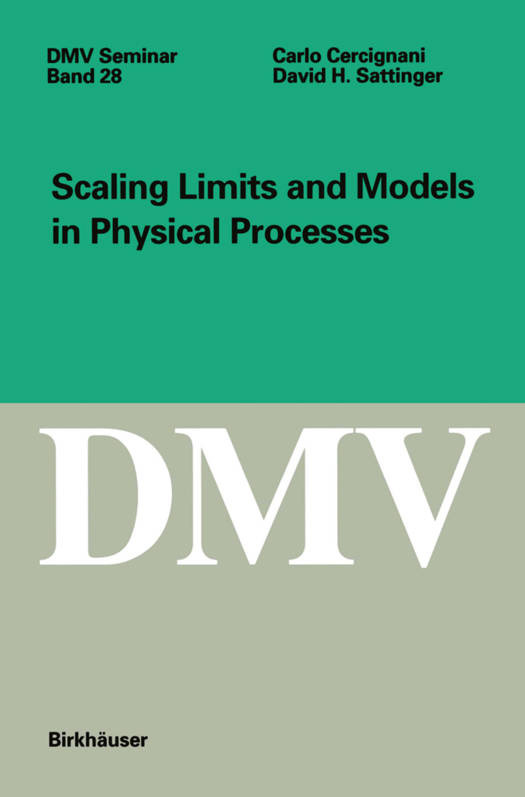
Je cadeautjes zeker op tijd in huis hebben voor de feestdagen? Kom langs in onze winkels en vind het perfecte geschenk!
- Afhalen na 1 uur in een winkel met voorraad
- Gratis thuislevering in België vanaf € 30
- Ruim aanbod met 7 miljoen producten
Je cadeautjes zeker op tijd in huis hebben voor de feestdagen? Kom langs in onze winkels en vind het perfecte geschenk!
- Afhalen na 1 uur in een winkel met voorraad
- Gratis thuislevering in België vanaf € 30
- Ruim aanbod met 7 miljoen producten
Zoeken
€ 44,95
+ 89 punten
Omschrijving
The first part of this volume presents the basic ideas concerning perturbation and scaling methods in the mathematical theory of dilute gases, based on Boltzmann's integro-differential equation. It is of course impossible to cover the developments of this subject in less than one hundred pages. Already in 1912 none less than David Hilbert indicated how to obtain approximate solutions of the scaled Boltzmann equation in the form of a perturbation of a parameter inversely proportional to the gas density. His paper is also reprinted as Chapter XXII of his treatise Grundzuge einer allgemeinen Theorie der linearen Integralgleichungen. The motive for this circumstance is clearly stated in the preface to that book ("Recently I have added, to conclude, a new chapter on the kinetic theory of gases. [ . . . ]. I recognize in the theory of gases the most splendid application of the theorems concerning integral equations. ") The mathematically rigorous theory started, however, in 1933 with a paper [48] by Tage Gillis Torsten Carleman, who proved a theorem of global exis- tence and uniqueness for a gas of hard spheres in the so-called space-homogeneous case. Many other results followed; those based on perturbation and scaling meth- ods will be dealt with in some detail. Here, I cannot refrain from mentioning that, when Pierre-Louis Lions obtained the Fields medal (1994), the commenda- tion quoted explicitly his work with the late Ronald DiPerna on the existence of solutions of the Boltzmann equation.
Specificaties
Betrokkenen
- Auteur(s):
- Uitgeverij:
Inhoud
- Aantal bladzijden:
- 194
- Taal:
- Engels
- Reeks:
- Reeksnummer:
- nr. 28
Eigenschappen
- Productcode (EAN):
- 9783764359850
- Verschijningsdatum:
- 1/09/1998
- Uitvoering:
- Paperback
- Formaat:
- Trade paperback (VS)
- Afmetingen:
- 156 mm x 234 mm
- Gewicht:
- 290 g

Alleen bij Standaard Boekhandel
+ 89 punten op je klantenkaart van Standaard Boekhandel
Beoordelingen
We publiceren alleen reviews die voldoen aan de voorwaarden voor reviews. Bekijk onze voorwaarden voor reviews.









